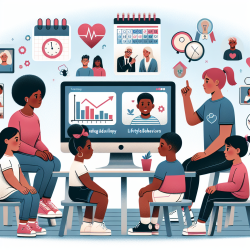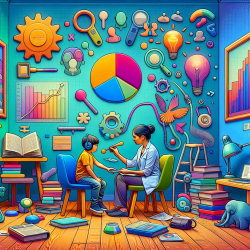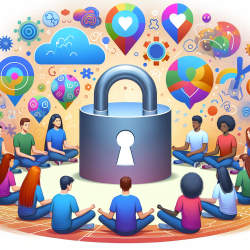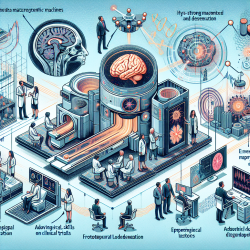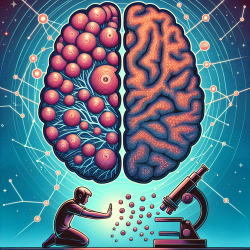In the age of smartphones, smart homes, and even smart refrigerators, it's no surprise that the field of mental health is getting a digital makeover. Schools are increasingly turning to online therapy services to support their students, and guess what? It's working wonders! If you’re a mental health professional working in schools, you might want to grab your virtual clipboard and read on.
Let’s face it, the traditional model of therapy—think comfy chairs, face-to-face sessions, and the occasional awkward silence—has its merits. But it also has its limitations, especially when it comes to accessibility and flexibility. Enter online therapy services, the superhero of modern mental health care.
So, why should you consider incorporating online therapy into your school’s mental health program? Here are a few compelling reasons:
- Accessibility: Students can receive support regardless of their location. Whether they’re in a rural area or stuck at home due to a snowstorm, online therapy breaks down geographical barriers.
- Flexibility: Scheduling becomes a breeze. No more coordinating room availability or juggling conflicting timetables. Sessions can happen before school, after school, or even during lunch breaks.
- Engagement: Let’s be honest, kids today are digital natives. They’re more comfortable communicating through screens than in person. Online platforms can make therapy feel less intimidating and more engaging for them.
- Resource Allocation: With online therapy, you can optimize the use of your therapists’ time and skills. They can manage their caseloads more efficiently, ensuring that more students get the help they need.
But wait, there’s more! Online therapy isn’t just for mental health counseling. Online speech therapy is also making waves in schools. Imagine helping a student overcome their speech challenges without the need for them to leave the classroom. Sounds like a win-win, right?
Now, I know what you’re thinking: “But what about the personal touch? Can a computer screen really replace the human connection?” It’s a valid concern. However, many online therapy platforms incorporate features like video calls, instant messaging, and interactive activities that can foster a strong therapist-student relationship.
Moreover, online therapy services are often supported by a team of professionals who can provide supervision, training, and resources to ensure the highest quality of care. This collaborative approach means that you’re not just getting a service; you’re getting a comprehensive support system.
In conclusion, embracing technology in school mental health services isn’t about replacing traditional methods; it’s about enhancing them. Online therapy services offer a flexible, accessible, and engaging way to support students’ mental health and well-being. So, why not give it a try? Your students—and your therapists—might just thank you for it.
Curious to learn more? Reach out to us at TinyEYE, where we’re dedicated to bringing the best of online therapy services to schools everywhere. Because in this digital age, everyone deserves access to quality mental health care.




